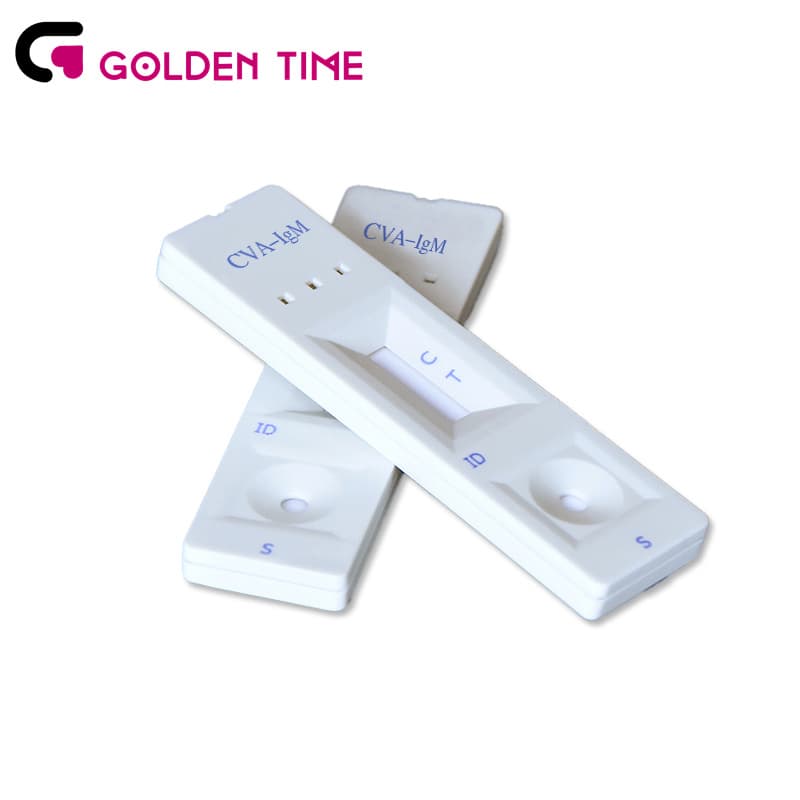Aug . 02, 2024 14:27 Back to list
Understanding the Importance of CRP Testing for Evaluating Inflammation and Health Conditions
Understanding the CRP Test A Key Marker in Inflammation and Infection
The C-reactive protein (CRP) test is a blood test that measures the level of CRP in the bloodstream. CRP is a substance produced by the liver in response to inflammation. When tissues are damaged or infected, the immune system is activated, leading to the release of various substances, including CRP. The CRP test is commonly used in clinical settings to assess inflammation and assist in the diagnosis of various conditions, including infections, autoimmune diseases, and chronic inflammatory disorders.
Why is the CRP Test Important?
The CRP test is particularly valuable because it helps physicians gauge the presence and severity of inflammation in the body. Unlike other markers, CRP levels can rise quickly—in as little as six hours after the onset of inflammation—making it a timely indicator for acute conditions. This rapid response to changes in biomarker levels allows for quick decision-making in medical treatment.
Conditions Detected by the CRP Test
High levels of CRP can indicate a wide range of health issues. For instance, in the context of infections, elevated CRP levels can signal bacterial rather than viral infections, which is essential for determining the appropriate treatment. In autoimmune diseases, such as rheumatoid arthritis or lupus, high CRP can reflect disease activity and help in monitoring treatment efficacy. Chronic inflammation, often seen in conditions like obesity, diabetes, and cardiovascular diseases, can also be monitored through CRP levels.
Conversely, normal CRP levels are usually indicative of good health; however, they cannot rule out all conditions. A normal CRP test does not necessarily mean that an individual is free from all forms of health issues. It is crucial to interpret CRP results alongside other clinical evaluations and tests.
crp test

How is the CRP Test Conducted?
The CRP test is a simple blood test. A healthcare provider draws a sample of blood, usually from the arm, and sends it to a laboratory for analysis. The results typically indicate the amount of CRP present in the blood, expressed in milligrams per liter (mg/L).
For routine health screenings, CRP values are generally below 10 mg/L. Values ranging from 10 to 30 mg/L suggest mild inflammation, while levels above 30 mg/L indicate significant inflammation, often necessitating further medical investigation.
Limitations of the CRP Test
Despite its usefulness, the CRP test has limitations. While it can indicate inflammation, it does not specify the cause of the inflammation. For instance, both acute infections and chronic diseases can elevate CRP levels, meaning that additional tests are often necessary to pinpoint the underlying issue. Furthermore, certain factors, such as obesity, chronic stress, and smoking, can also influence CRP levels, complicating the interpretation.
Conclusion
In summary, the CRP test is a crucial tool in modern medicine for detecting inflammation and guiding treatment decisions. Given its rapid response to inflammatory processes, it provides invaluable insights in various clinical scenarios. However, as with any diagnostic tool, it should be used in conjunction with other tests and clinical findings for a comprehensive evaluation. As our understanding of CRP and its implications continue to evolve, this test will remain an important component of assessing and managing patients’ health. Whether in the context of acute infections or chronic diseases, the CRP test helps illuminate the biological processes underlying inflammation, ultimately contributing to more effective healthcare outcomes.
-
Dengue NS1 Rapid Diagnostic Test Kit
NewsMar.07,2025
-
Dengue NS1 Rapid Diagnostic Test Kit
NewsMar.07,2025
-
Dengue NS1 Rapid Diagnostic Test Kit
NewsMar.07,2025
-
Transferrin Rapid Test Cassette Tumor Marker TF Card
NewsMar.07,2025
-
Malaria Pf Pan Rapid Diagnostic Test Kit
NewsMar.07,2025
-
malaria pf / pan ag rapid test
NewsMar.07,2025

